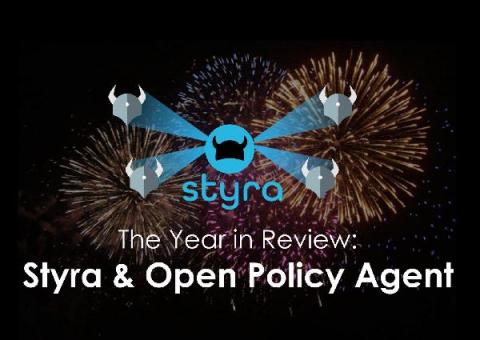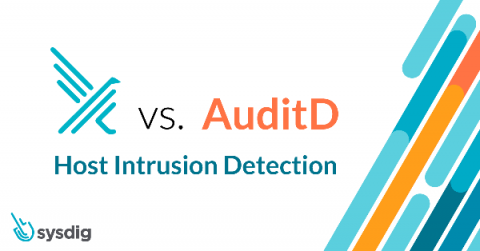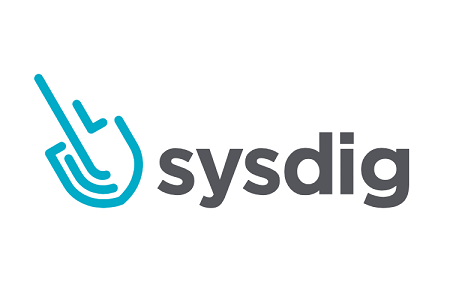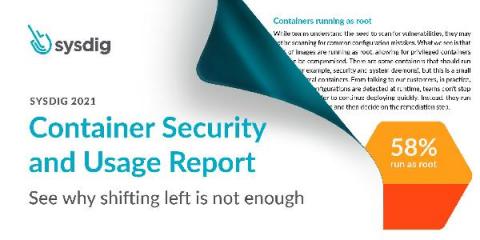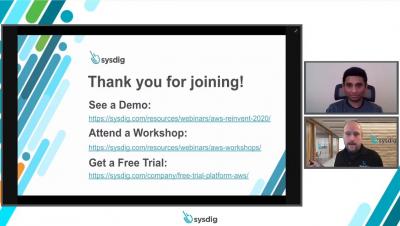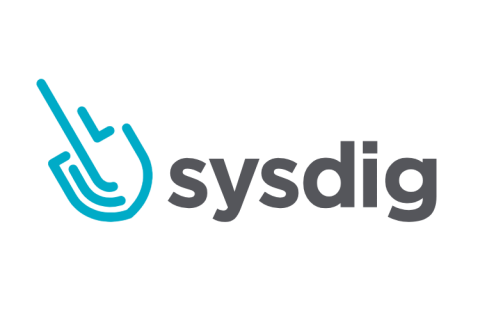Styra: 2020 Year in Review
I think we can all agree that 2020 was a year like no other. For enterprises, we’ve had to transition to a fully digital and cloud-first business, whether it was our workspace, security, technology, culture, or (and in most cases) all of the above. Thankfully at Styra, we’re lucky to have such a great team, community, and customer base that helped us not only navigate 2020, but make it a success.


